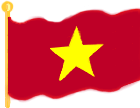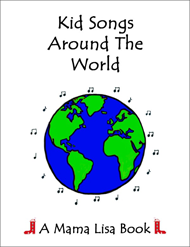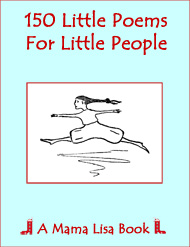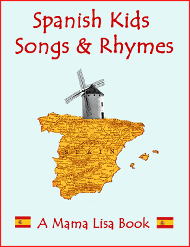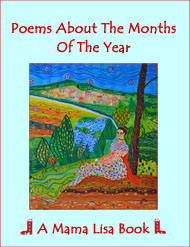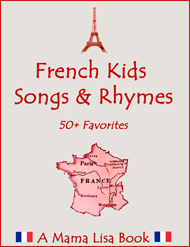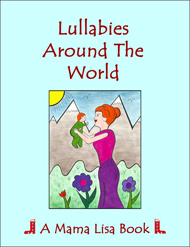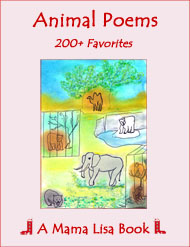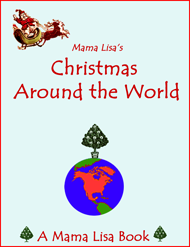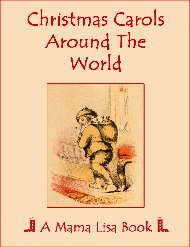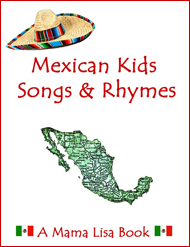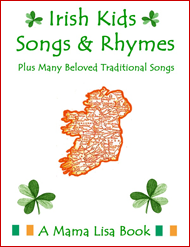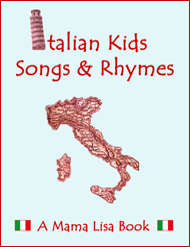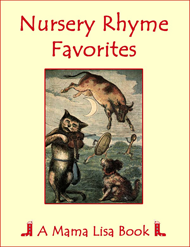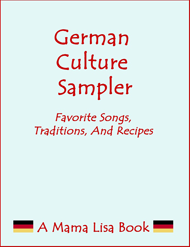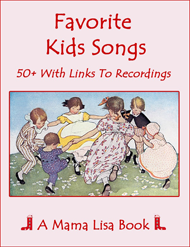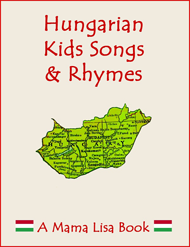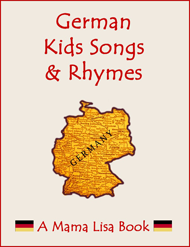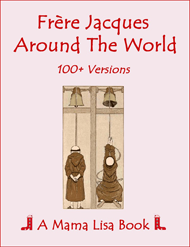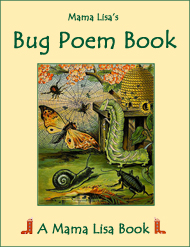Oh, my beloved! Stay with me!
Folk Song
Folk Song
(Vietnamese)
(English)

Oh, my beloved! Stay with me! Do not go home!
You are leaving and it makes me weep inside
And the flap of my dress is wet with tears on both sides as if it has rained.
Oh, my beloved! Stay with me! Do not go home!
I still watch you leaving until I lose sight of you
As I am watching water flowing,
As I am watching a water fern* drifting,
Hopelessly.
Oh, my beloved! Stay with me! Do not go home!
Please, do not stand nor sit with anybody after that.
Oh, my beloved! Stay with me! Do not go home!
Comments
*Luu wrote "I do not know how to translate this. They are a sort of plant which grows and lives in the ponds, in the rivers. People talk about watching water flowing and watching these plants drifting to express their great sadness, their loneliness."
Luu then wrote, "Here is an explanation for this folk song from a dictionary (from Lac Viet - Vietnamese and English Dictionary):
Dân ca = pop song; folk-song
Folk-songs can be sung at home, at a communal house or on a hill..., depending on whether a solo performance, repartee... They are transmitted from generation to generation, loved and preserved by the people. Folk-songs can belong to the localities or the ethnic minorities...
Dan ca Quan Ho (Quan Ho folk-songs) originated in Ha Bac province (in the North of Vietnam). During village festivals which are held every year, particularly in spring, young men and women gather in the yard of a communal house or pagoda, on a hill or in a row boat and sing Quan Ho. This is a style of singing where songs alternate from group to group, going back and forth from one to the other. Quan Ho singing is a folk art of a highly collective nature. Those who sing are not entertainers, but all are part of the performance, and everyone is welcome to join.
*****
Vietnamese Text in Computer Format
Người ơi người ở đừng về
(Vietnamese)
Người ơi người ở đừng về
Người về em vẫn khóc thầm
Đôi bên vạt áo ướt đầm như mưa
Người ơi người ở đừng về
Người về em vẫn trông theo,
Trông nước nước chảy,
Trông bèo bèo trôi
Người ơi người ở đừng về
Người về xin chớ đứng ngồi với ai
Người ơi người ở đừng về.

Thanks!
Thanks and Acknowledgements
Many thanks to Luu Thuy for contributing and translating this folk song and for providing such interesting commentary.
Cám ón!



